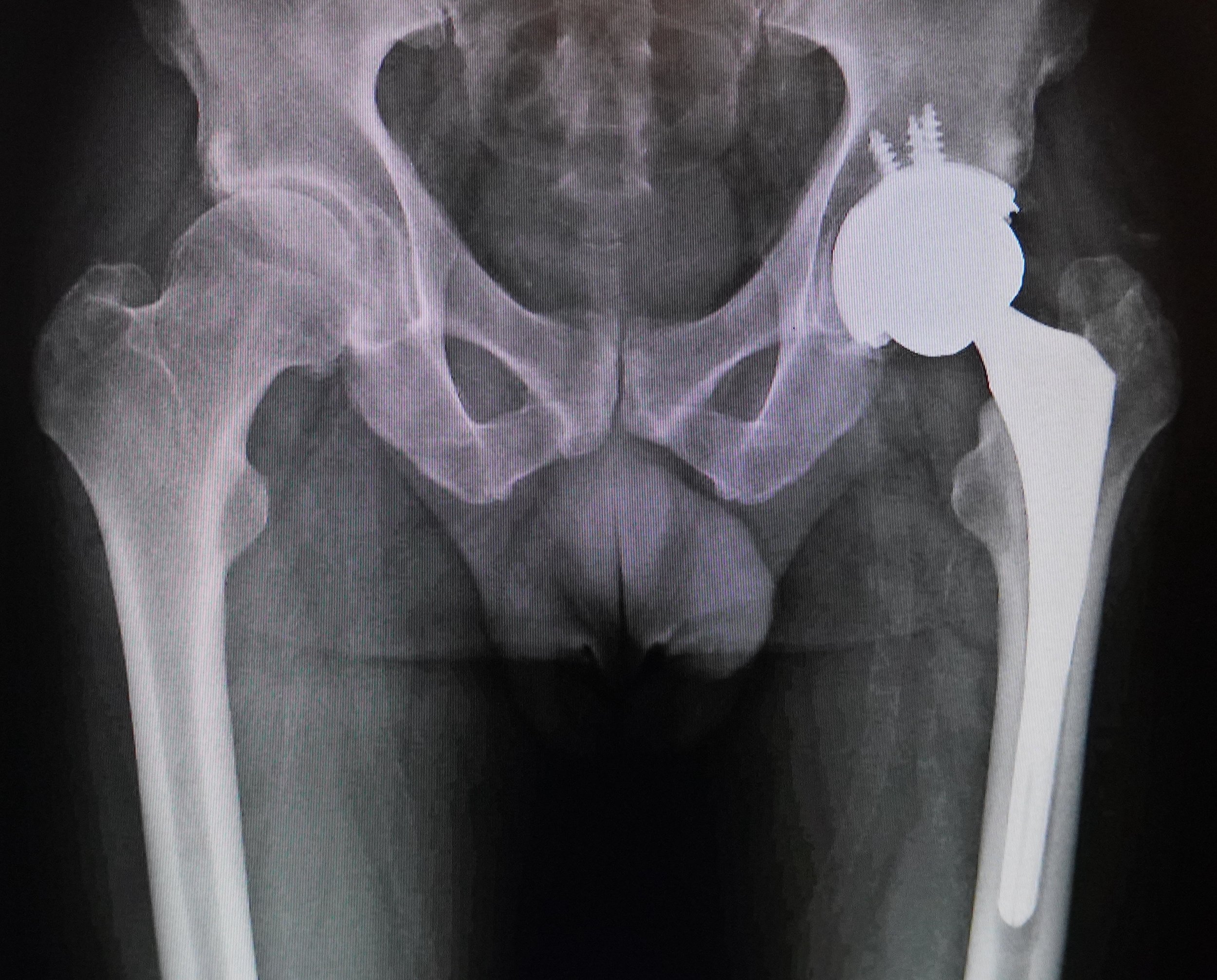Prosthetic joint surgery
Prosthetic joint surgery is a surgical procedure that involves replacing a joint with an artificial prosthesis when the joint has been damaged, usually by arthritic wear and tear. This operation is often performed in patients who have advanced osteoarthritis or in people who have suffered a severe joint injury. The most common prostheses are knee, hip and shoulder.
During the procedure, an incision is made in the skin to access the damaged joint. Subsequently, the damaged tissue is removed and an implant is placed in its place. The prosthesis is made of synthetic materials (usually titanium or chromium-cobalt alloys) and is designed to mimic the movement and function of the natural joint. Once the prosthesis is in place, the surgeon closes the incision with sutures or staples. After surgery, the patient will need to regain mobility and strength in the replaced joint, which can take time and may require several sessions of physical therapy.
In general, it is a very safe and effective procedure to relieve pain and improve mobility in damaged joints. However, as with any surgery, it is not without potential complications. Some possible side effects include infection, bleeding, thrombosis, loosening and healing problems. It is also important to note that artificial prostheses are not as durable as natural joints and may need to be replaced in the future.
Finally, we only indicate the replacement of the hip or knee with a prosthesis when the osteoarthritis is already in an advanced state of degeneration and other less invasive treatment options are not effective to end the pain and restore normal function to the joint.




